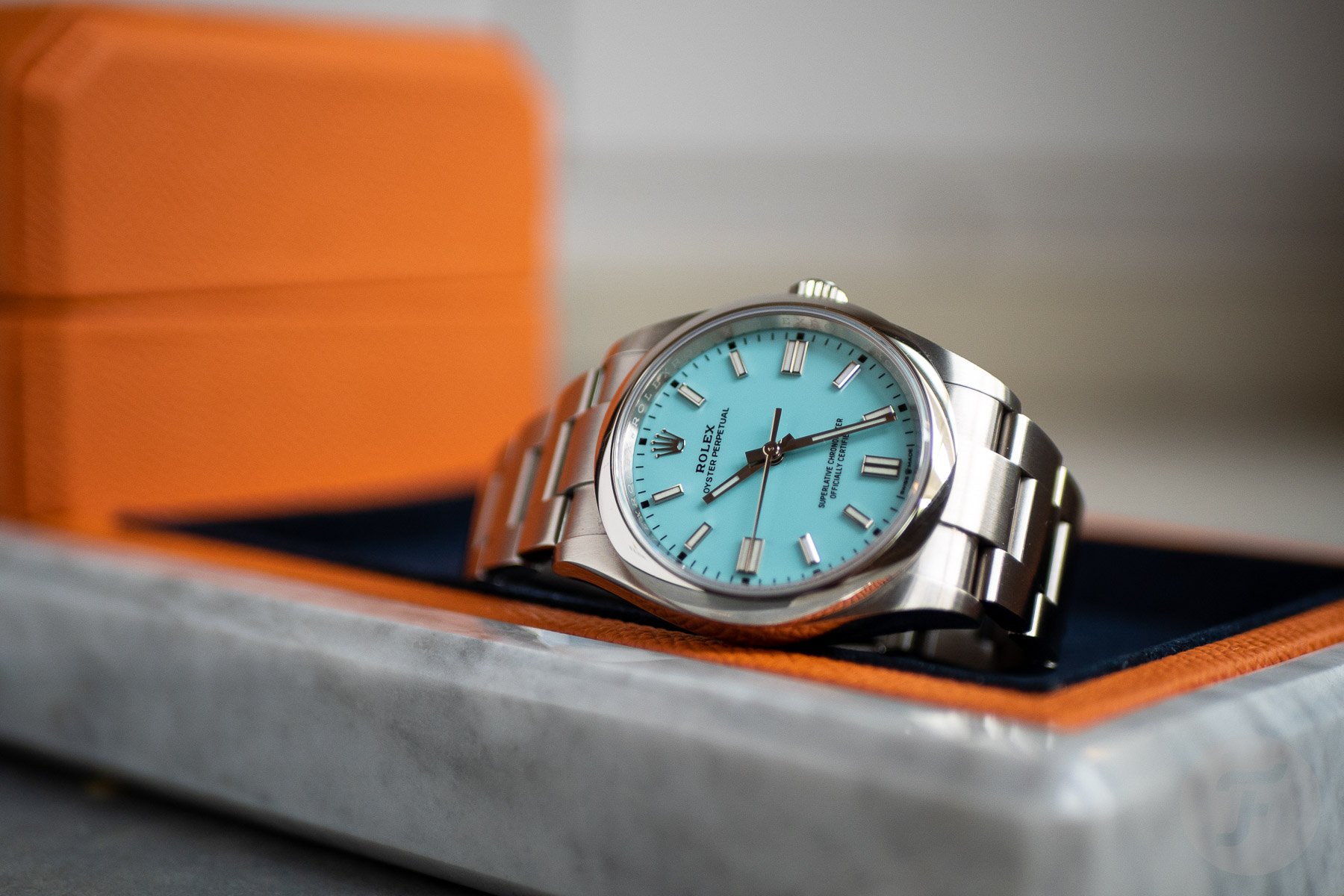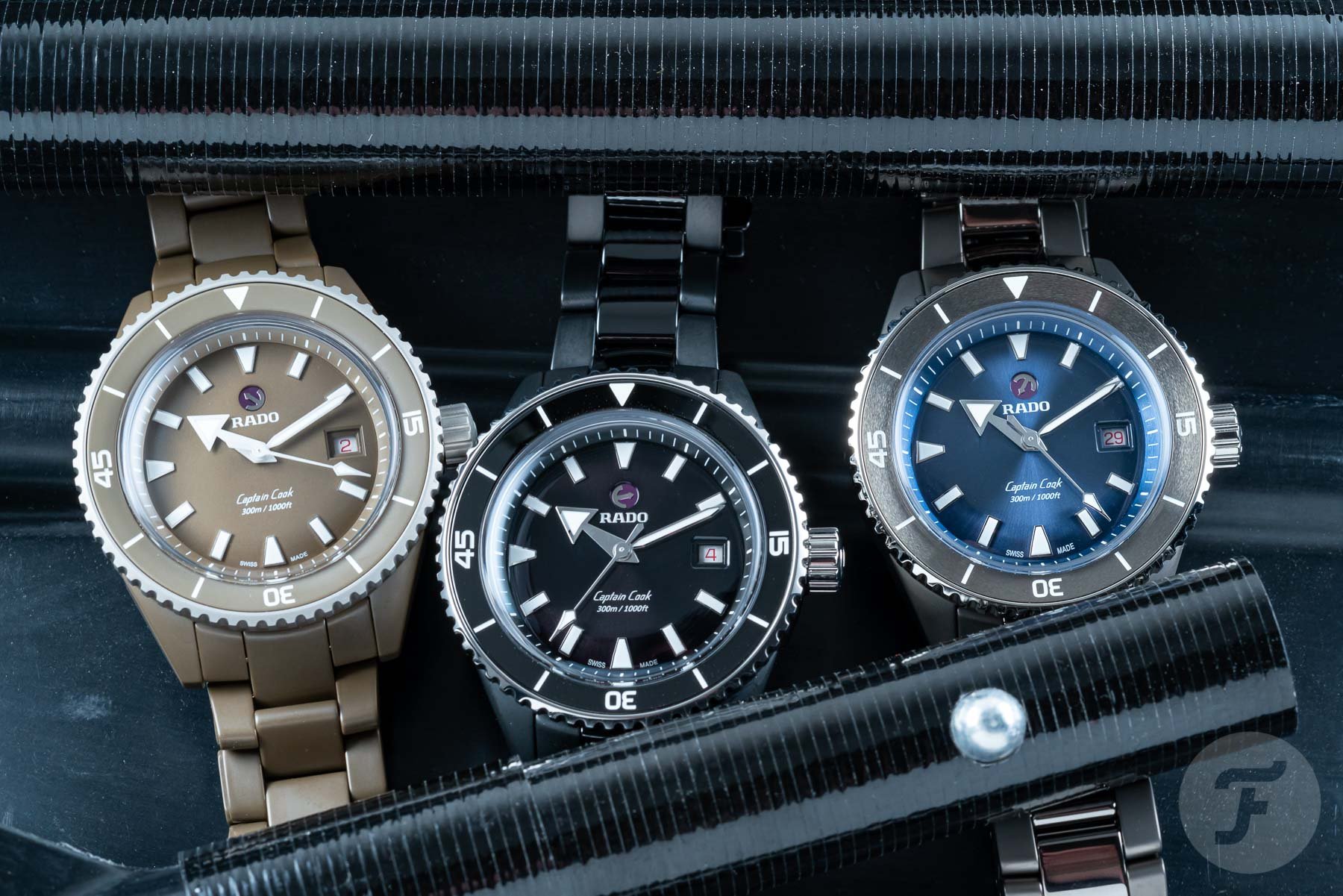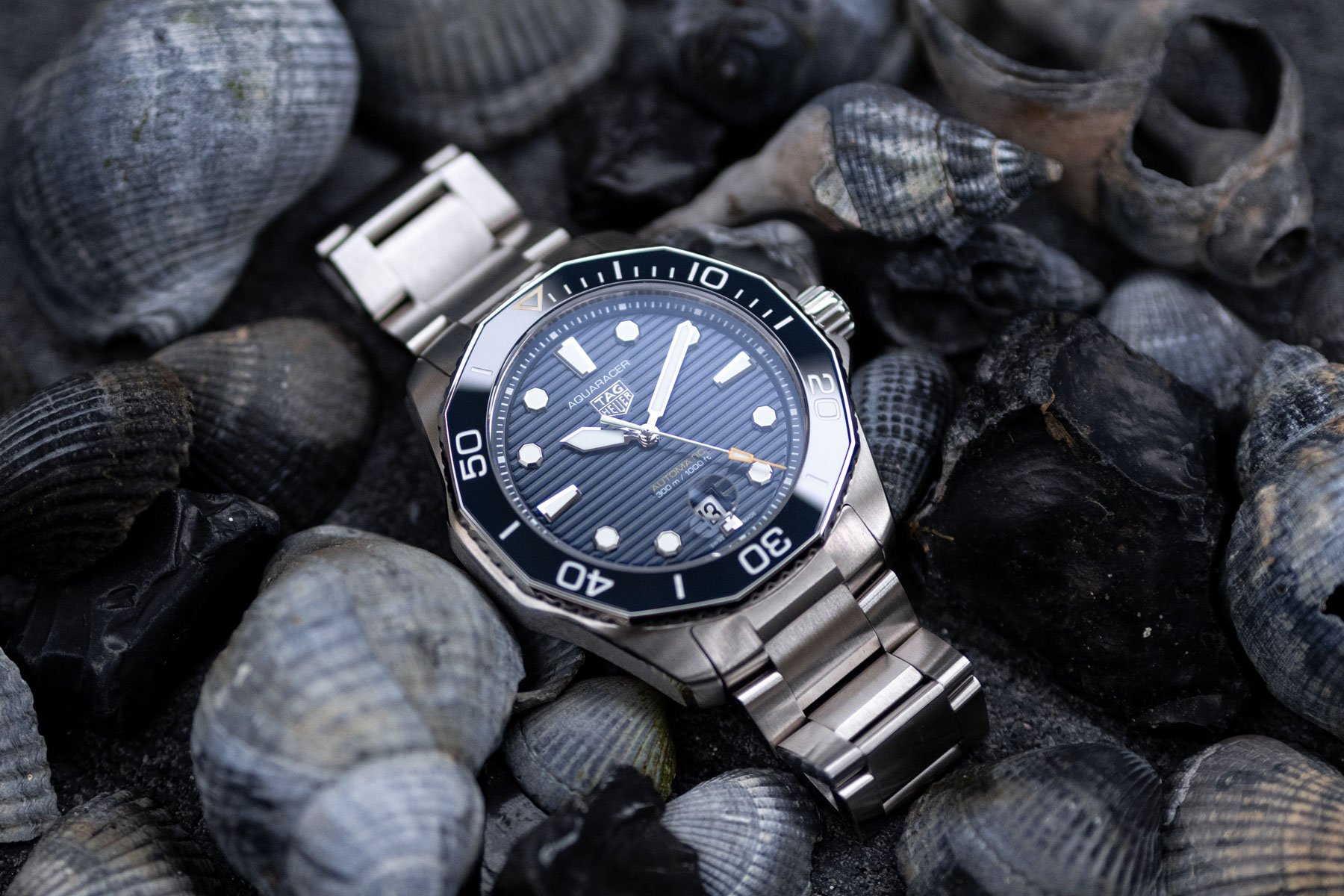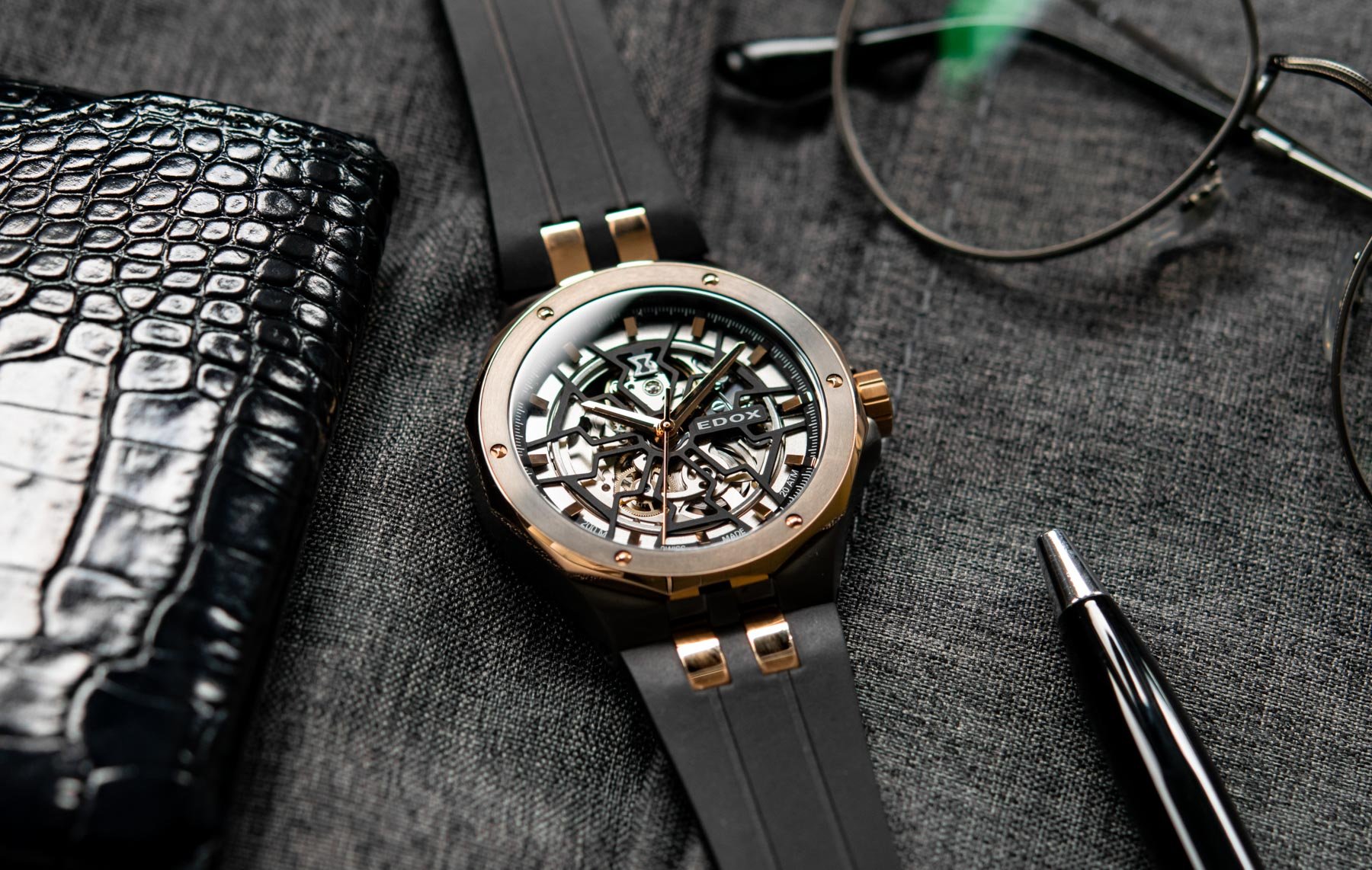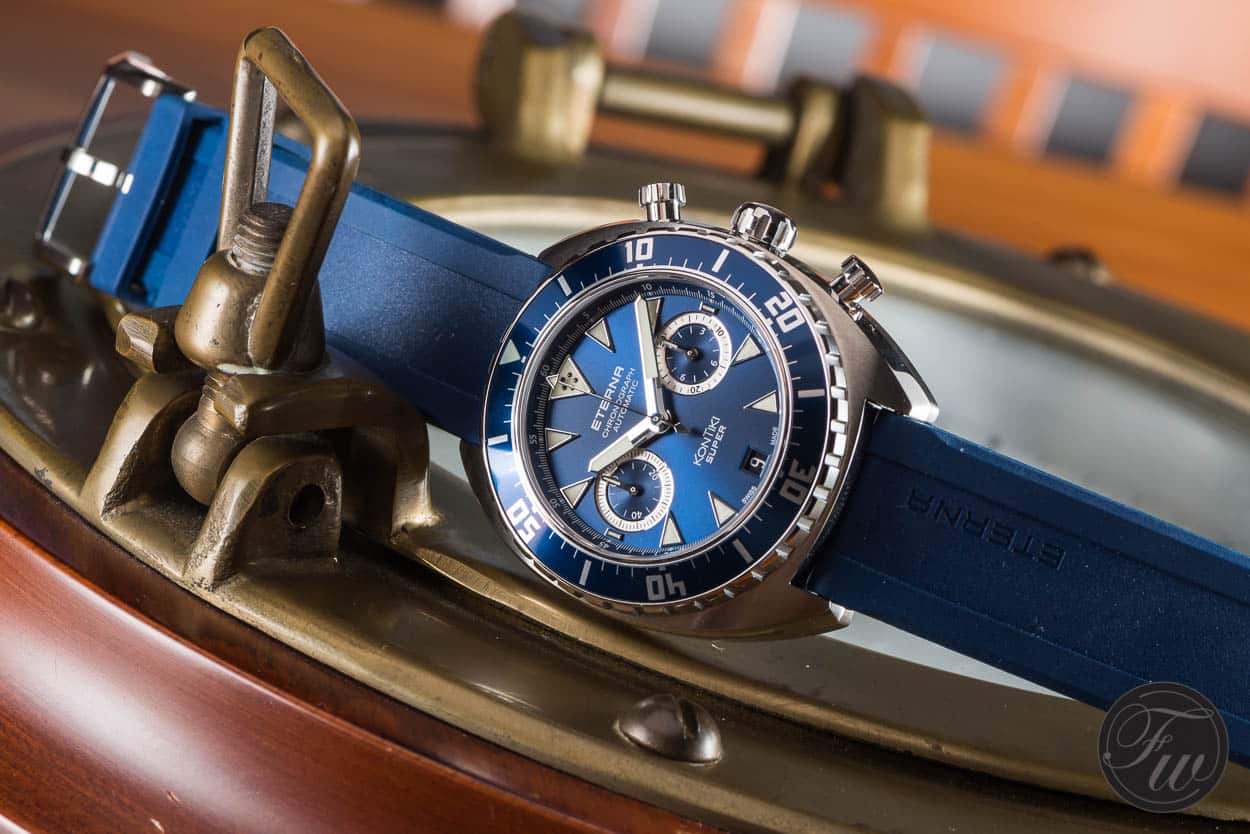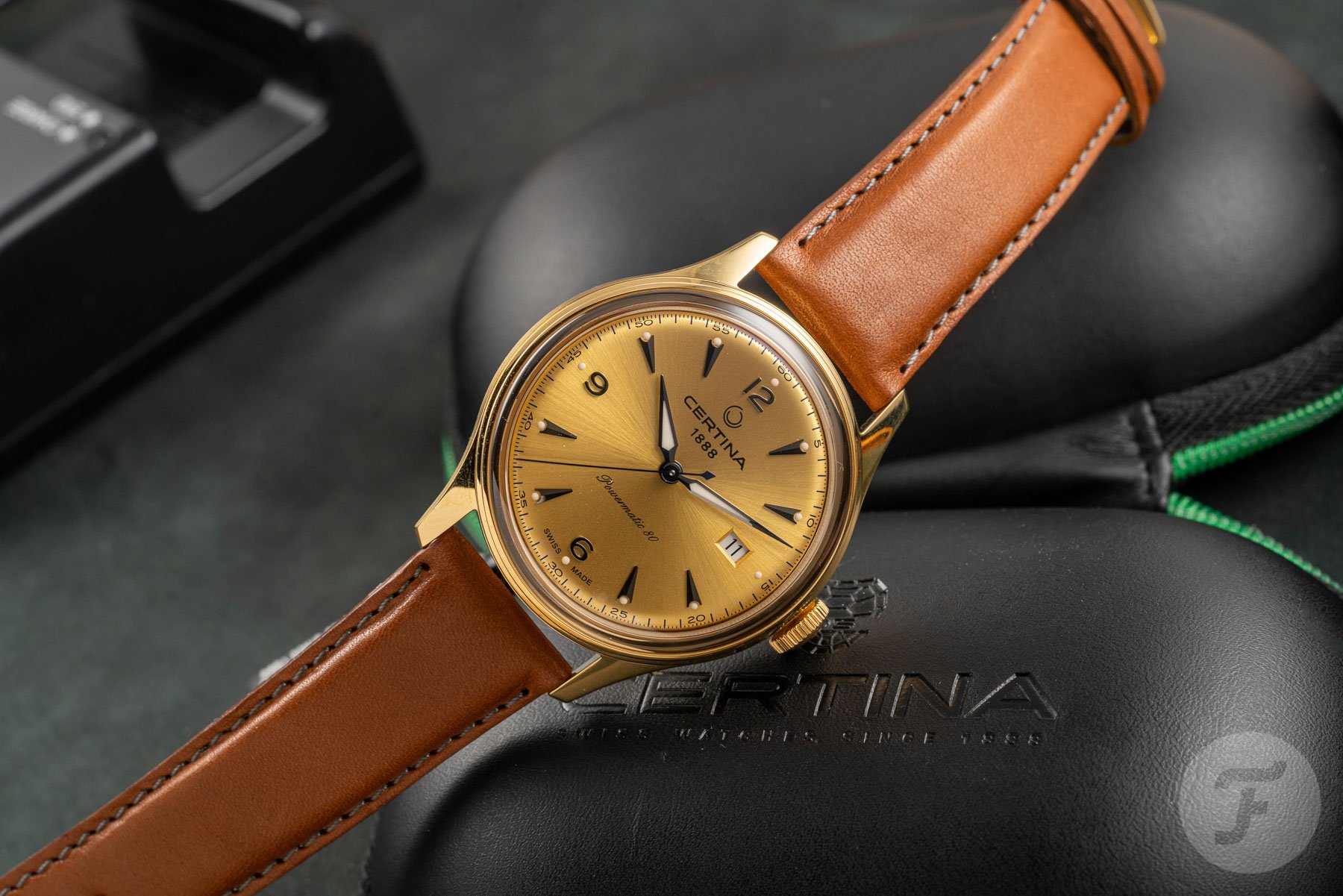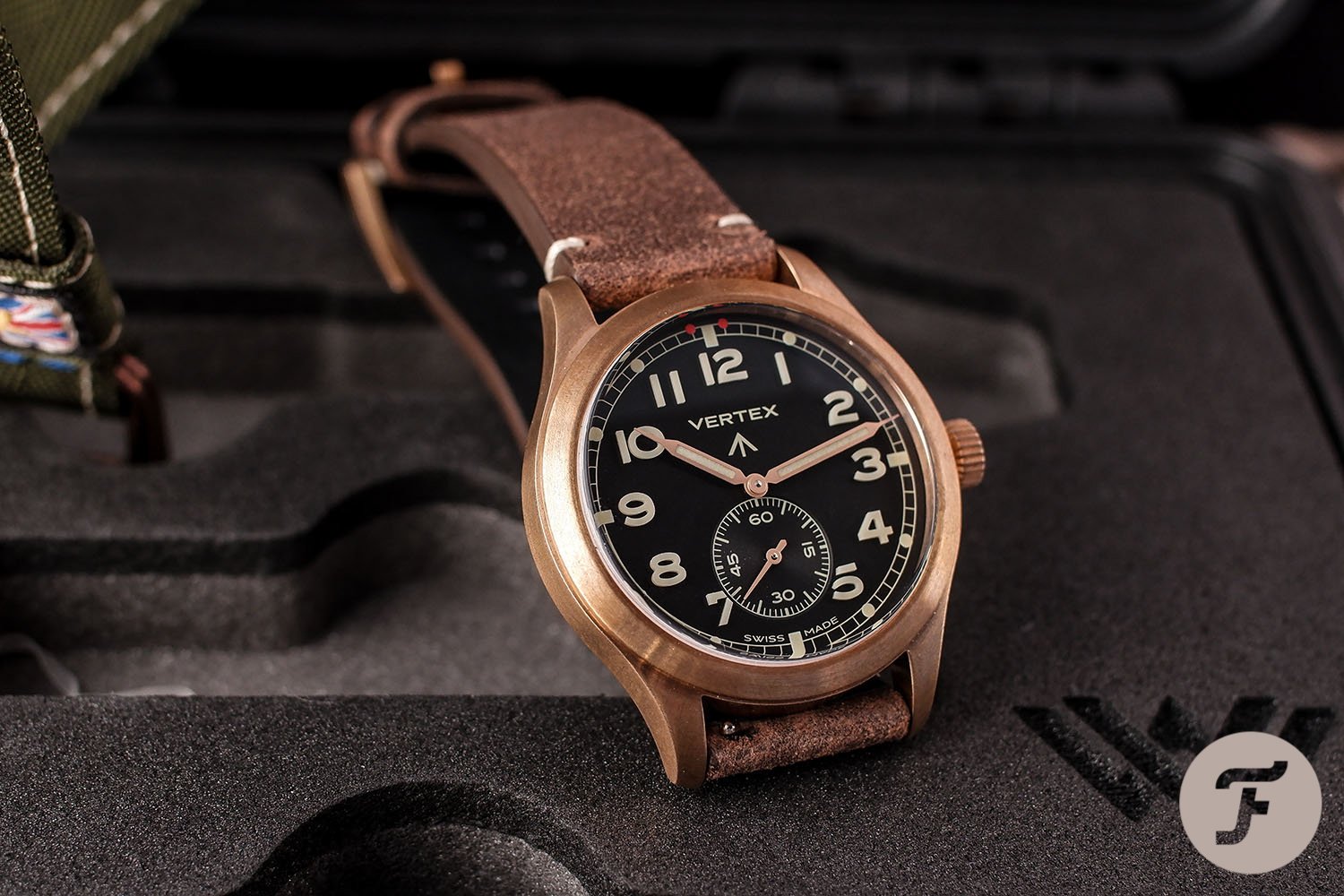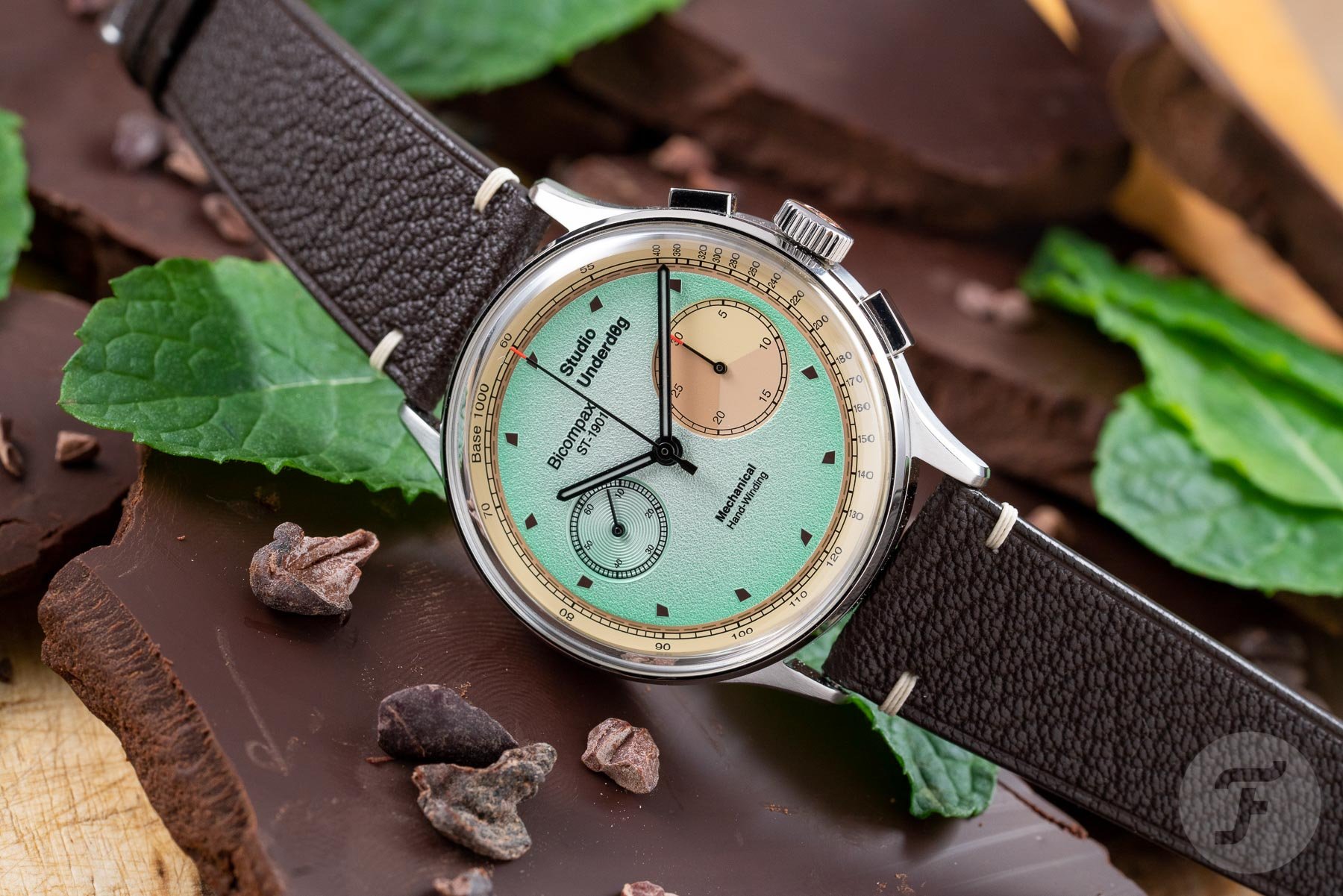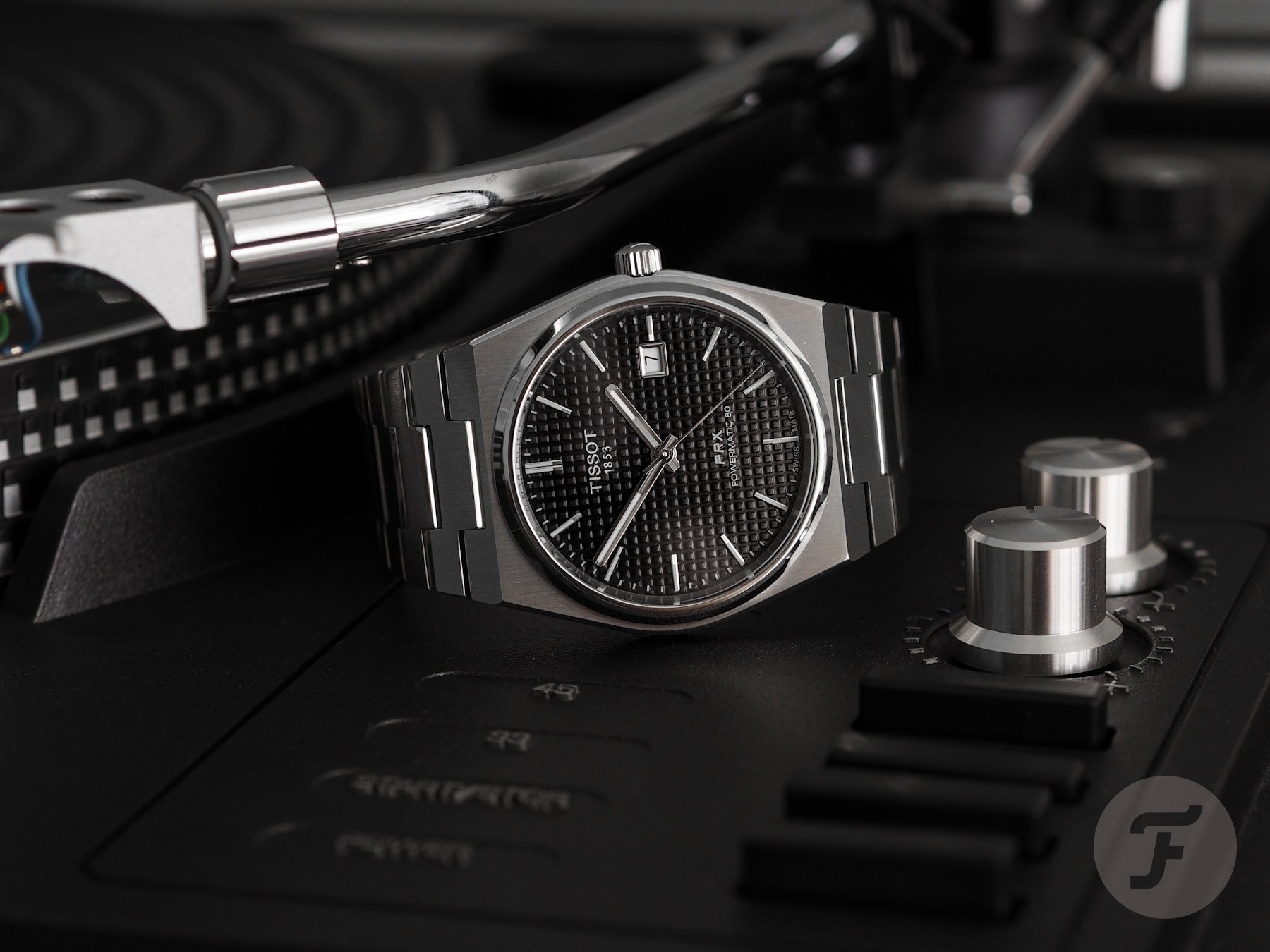The Affordable Luxury Watch Is Dying — But The Sub-€4K Swiss Watch Can Still Be Saved
In the wake of increasing income inequality in many countries, the sub-€4K Swiss-made watch is under threat. The middle class is not what it used to be, and some households have fallen into poverty while others have moved up on the income ladder. And that affects the middle-class watch. The richest 10% of the world’s population now owns 76% of all wealth. And to make matters worse, COVID-19 has widened wealth gaps across the globe. The Swiss watch industry as a whole won’t/can’t complain since, in 2021, it exported a record US$21.5 billion in timepieces. But it’s the sales of top brands like Rolex, Patek Philippe, and Audemars Piguet that are on the rise — the ones that serve the wealthy. Meanwhile, the makers of affordable, middle-class watches could very well be left behind. The affordable luxury watch could well die out if brands don’t take action now.
The year 2021 was a very good one for watches in all kinds of ways. I wrote about that in a retrospective review. But I also signaled a worrying trend in the watch universe, and that’s the fact that prices at auctions reached record-high levels. Also, the parallel market has been overheated, to say the least, with one of the more absurd examples being the non-existent Rolex “Tiffany” Oyster Perpetual. Now that we’re talking big money, it was largely because of the pandemic that sales of Swiss timepieces reached a new high in 2021. Last year, the export value topped $21.5 billion, and last month’s numbers are topping those of May 2021. But, as with the real middle class, the affordable/middle-class luxury watch is under threat.
The affordable luxury watch is dying — Premiumization
Let’s talk some more numbers because numbers don’t lie. And the numbers show an effect called “premiumization”. This happens when premium-price segments represent a fraction of the volume but a vast majority of the value. And it is happening in the Swiss watch industry. The premium-price segment of over CHF 2,000 in export value (that roughly translates to a retail price of around CHF 4,000) shows the biggest growth, both in terms of volume and value. When industry figures show a record value from selling half as many watches in 2021 as were sold a decade ago, the biggest lesson to learn is that price is the way to go for watch brands, not volume. This is especially because entry-level watches — the CHF 200-500 category — continue to lose ground to smartwatches. In fact, the segment remained on a downward trend of -22.0% in May 2022 compared to last year
The only way is up… or is it?
Traditional Swiss brands that sell watches for retail prices between CHF 1,000 and CHF 4,000 have a problem. The problem is that their offerings are not entry-level by far, but they’re also not premium. The mid-range brands, of which there are so many — I’m talking about the likes of Tissot, Alpina, Raymond Weil, Edox, Eterna, Baume & Mercier, TAG Heuer, Oris, Longines, Certina, Rado, etc. — operate in some sort of no man’s land. The target group, the traditional middle class, is slowly but surely vanishing, so action is needed before it’s too late. Making more but cheaper watches is most likely a non-topic in the different brands’ boardrooms.
Raising prices of existing timepieces or suddenly buming up to a (much) higher price bracket are not the most sensible strategies either. Remember when Maurice Lacroix decided to focus strongly on watches from the Masterpiece collection that cost more than twice the standard collection? Chasing the wealthiest customers could end poorly for brands that have no established connection with that target audience. If a brand don’t understand the needs of an audience, that brand could very well fail miserably. But there are other options to anticipate in today’s watch market.
Enter the three Ps
Instead, a mid-range brand could focus on the three Ps — Prestige, Passion, and Price. When you’re a Swiss brand that doesn’t have to compete with the utilitarian and multifunctional Apple Watch, you need to justify the four-digit price with the right amount of prestige and passion.
So, to justify a four-digit price, the other two Ps also need to be on point. The Swiss brands operating in the mid-range market space somehow still seem to think that the prestige aspect is covered just because they’re Swiss brands. Yes, “Swissness” is a thing, but it feels like a word that’s the result of a couple of marketing meetings. “Swiss Made” seems more solid and real, but does it come across as prestigious? Anyway, I feel that just being a Swiss brand doesn’t have the same allure and prestige as it had twenty-odd years ago. Prestige, nowadays, is more about status than history, tradition, and artisanal aspects. When you buy a watch that sells for roughly CHF 3,000, you don’t need it, you want it. And a lot of people want it for the sole purpose of showing off.
The Instagram impression
Have you looked at Instagram lately? The most influential of all social media channels when it comes to watches shows an abundance — no, overkill — of Rolex watches. Patek Philippe and Richard Mille are very present and very hot too. Certina, though? Not so much (sorry, Certina, I mean no disrespect). The prestige/status of just a couple of watch brands overshadows the vast majority of other manufacturers. Still, prestige can also be found with a more specialized, more focused audience. When, for instance, Certina manages to painstakingly reinterpret a famous model from yesteryear, it will get kudos from a small but influential group on social media. This kind of “precision prestige” leads to the P that represents passion.
Looking for passion
What successful microbrands have in abundance, mainstream watch brands often lack. You guessed it: I mean passion. Most microbrands are started from a pure and unadulterated love for watches — the watchmaking flame burns brightly in the ateliers of the likes of Serica, Isotope, Timor, Vertex, HTD, Studio Underd0g, and many others. What microbrands lack, however, is a long history and therefore are met with a dose of skepticism — if only we could have a clear look into the future of these microbrands. Combining the passion of the microbrand with the trustworthy foundation of a traditional brand seems like a golden combination.
The affordable luxury watch is dying, but it doesn’t have to
With enough passion put into a watch, prestige is likely to follow, but only if the price is right. As you can see, we’ve come full circle. All three Ps are connected and need to be in perfect harmony to get the watch exactly right. But it can be done. Not only that, it has been done before by some of the brands that I mentioned earlier.
Maybe the best example of a mainstream brand getting it exactly right is Tissot, which recently launched the PRX Powermatic 80. The prestige is there — maybe a bit borrowed and on the bandwagon, but still. Tissot is a respected brand that capitalized on its name and history. The passion shows in the PRX’s details, and the price is practically unbeatable. Hell, the PRX Powermatic 80 even has a bonus fourth P — pizzazz!
Anyway, with the retro-inspired PRX, Tissot proves my point that finding the perfect three-P balance is within reach of traditional mid-range Swiss brands. The time has come for brands to try as hard as they can. The cold numbers, stats, and figures don’t leave them any choice, frankly.
Please find and follow me at Lex Stolk • Instagram

